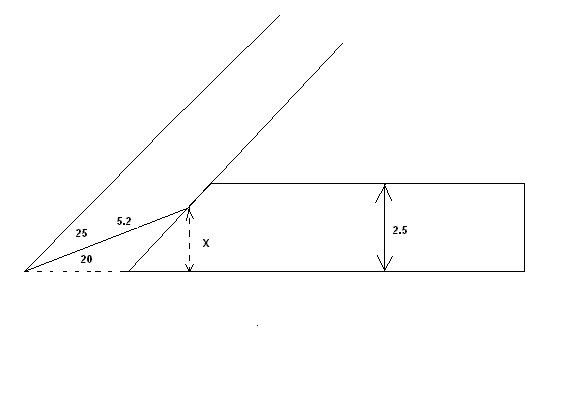Racers
Established Member
- Joined
- 22 Apr 2005
- Messages
- 9,172
- Reaction score
- 132
Corneel":3cbb24tf said:Here is a picture I found on my harddrive with some meassurements from my UK made Stanley #4 with Ray Iles blade. The bevel is 5.2mm long. The sole at that point is 2,5 mm thick. X = 5.2 sin 20 = 1.8 mm. With the thinner original Stanley blades the sole support is even more (and even more neccessary).
[/URL]
Hi, Cornell
I see where I went wrong, thanks for that.
I think there is more than one way to skin a cat, or reduce tear out, stiff blade or high angle blade or tight mouth or a very close set cap iron.
No one way is the best on all timbers.
Pete




